Regionalism
The Family That Walks On All Fours
Full article here.
Posted By: Paul - Fri Mar 03, 2023 -
Comments (0)
Category: Human Marvels, Medicine, Regionalism, Science
HemisFair 1968
These types of ancient festivals seem all but extinct, making them seem weird to our 2023 eyes. Will they ever happen again?The Wikipedia entry.
Posted By: Paul - Thu Feb 09, 2023 -
Comments (5)
Category: Regionalism, Expositions, World Fairs, Celebrations, 1960s, Nostalgia, Yesterday’s Tomorrows
Unauthorized Dwellings 27
As you can read at the Wikipedia page, these evictions were for naught, as the planned dam was never built.Newspaper source: The Morning Call (Allentown, Pennsylvania) 28 Feb 1974, Thu Page 7

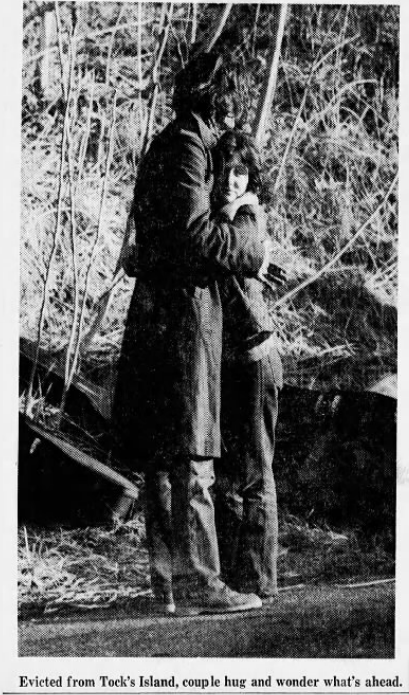
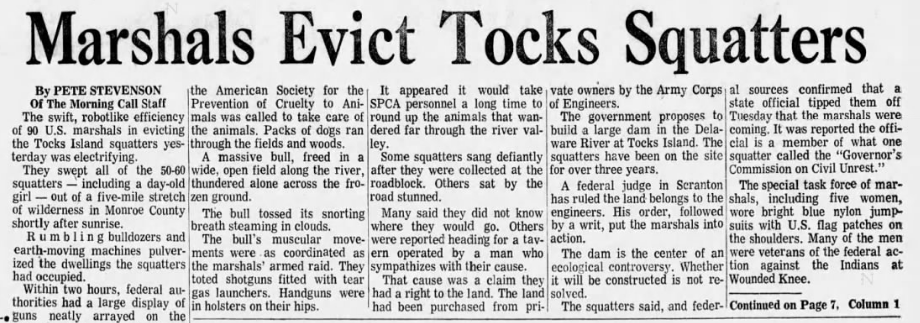
Column below is extension of leftmost column above.
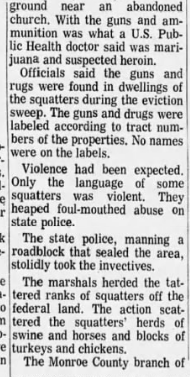
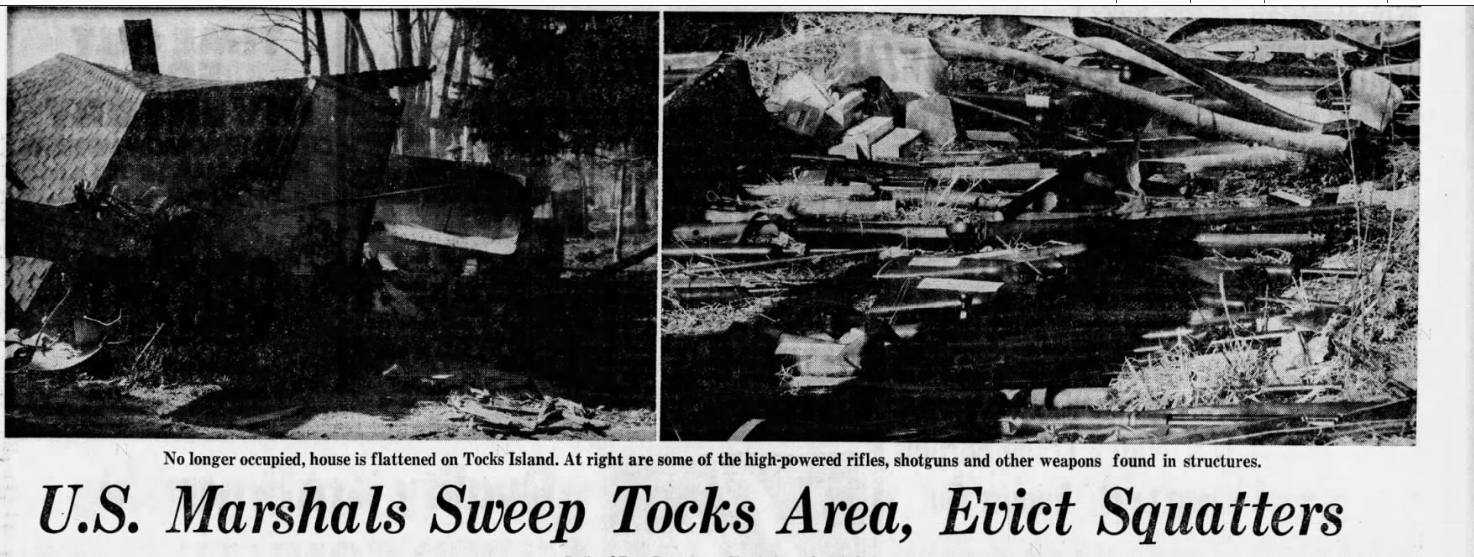
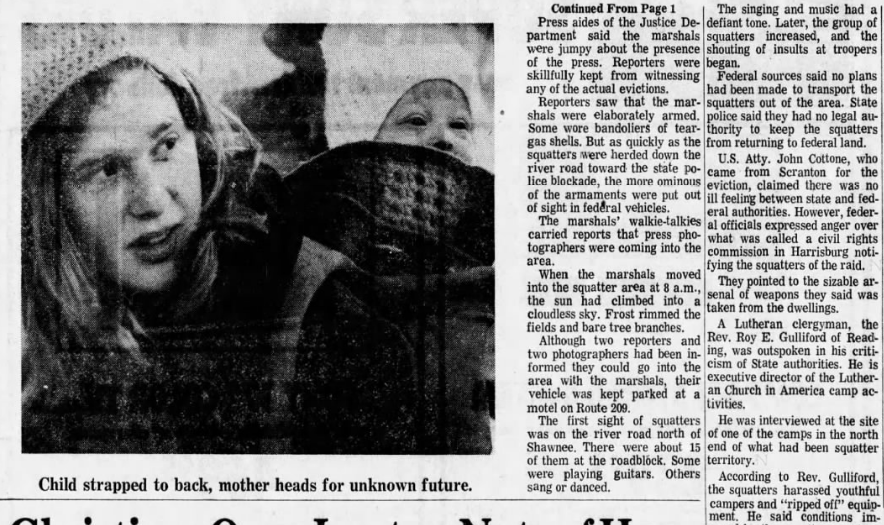
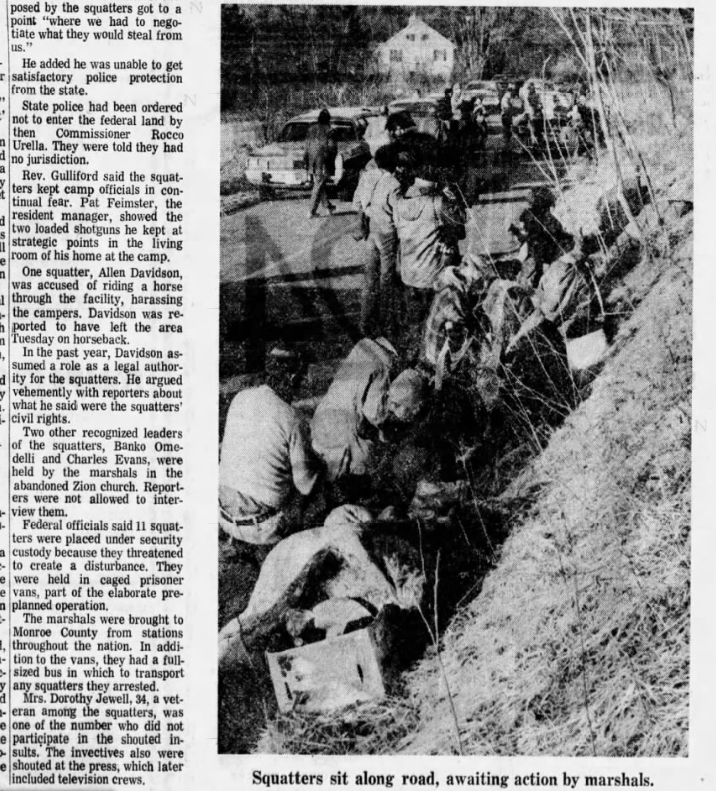
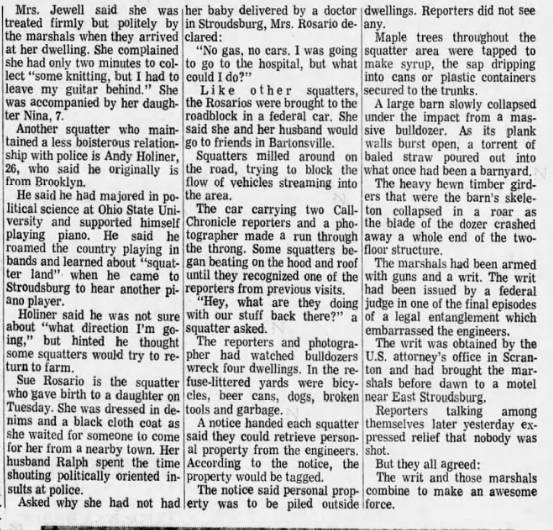
Posted By: Paul - Mon Jan 02, 2023 -
Comments (0)
Category: Regionalism, Lakes, Ponds, Rivers, Streams, Swamps and Other Bodies of Fresh Water, Unauthorized Dwellings, 1970s
Mississippi’s Queen of the Forest
I believe the title of this post alone would make the basis of an excellent fantasy franchise. Netflix, Apple+ or Amazon Prime--you know where to find me!
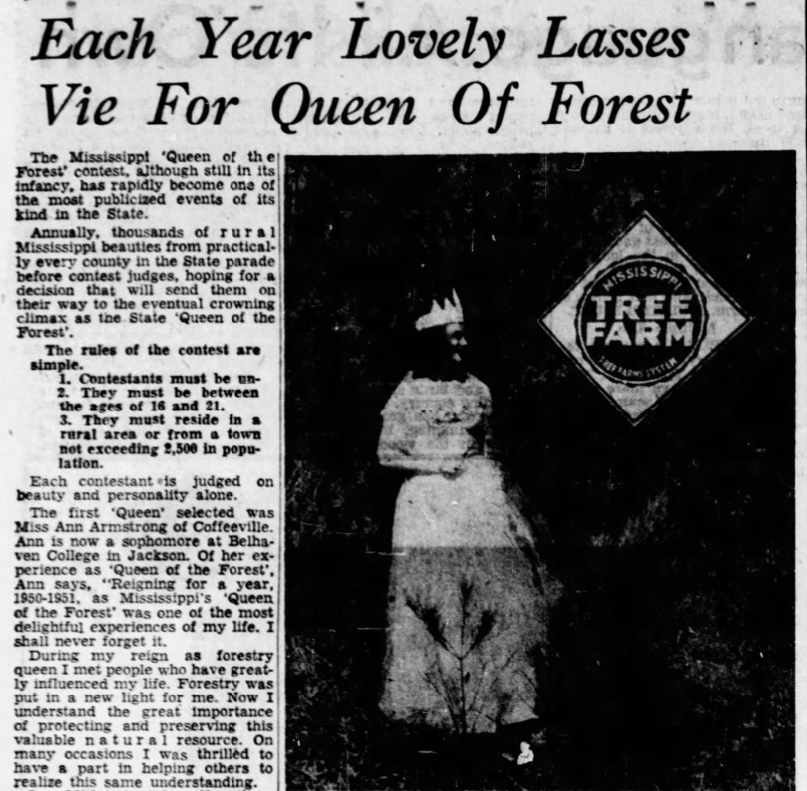
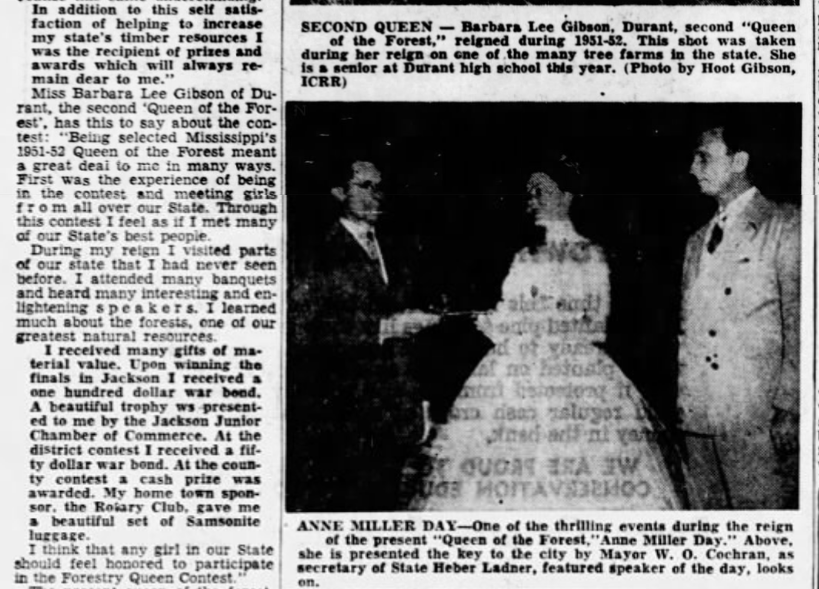
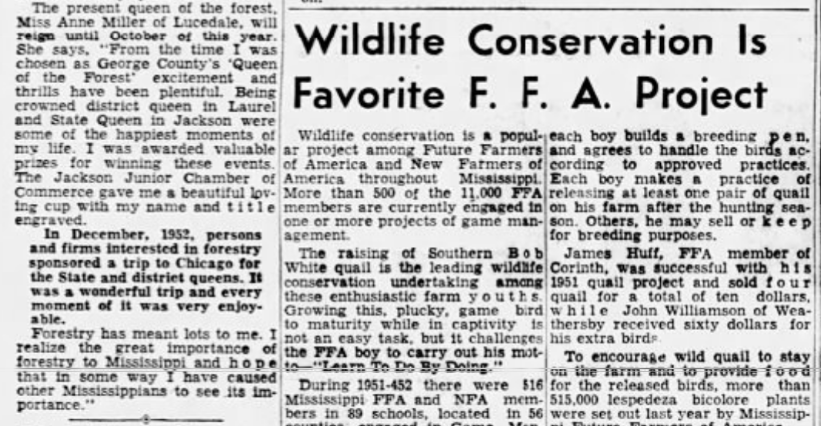
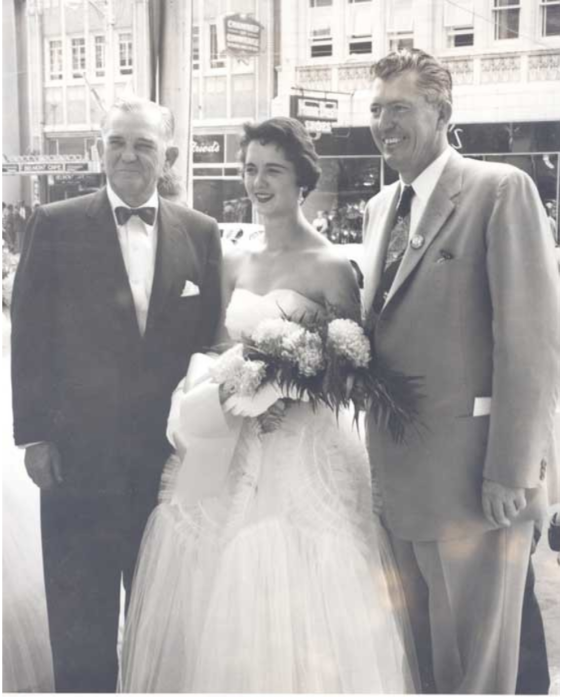
Senator John C. Stennis poses with Miss Katherine Alexander of Booneville, Mississippi and Governor of Miss. J. P. Coleman at the State Queen of the Forest Pageant in 1956. Left to Right: Senator Stennis, Miss Katherine Alexander, and Governor J. P. Coleman.
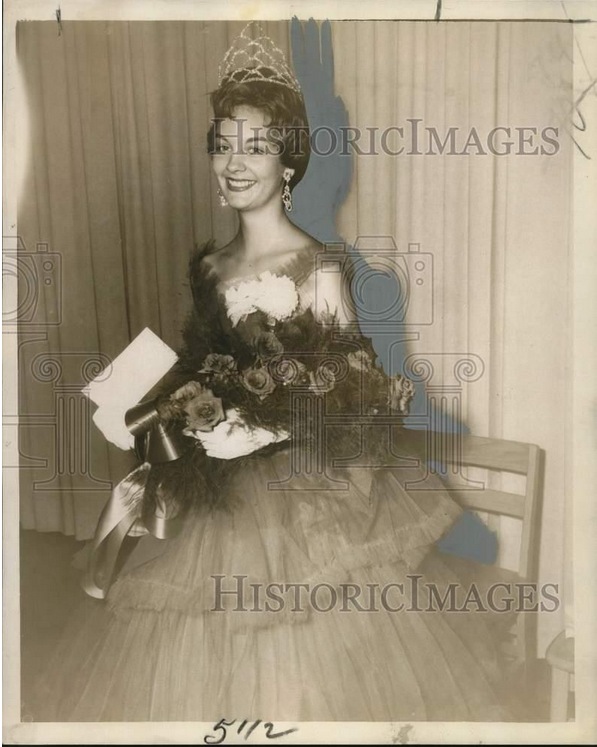
1959 Press Photo Dixie Shadburn, "Queen of the Forest" for Southeast Mississippi

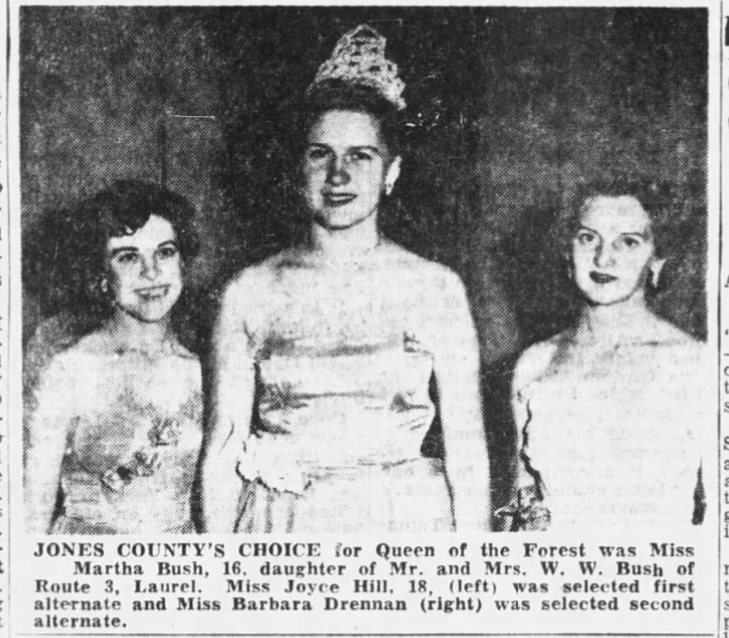
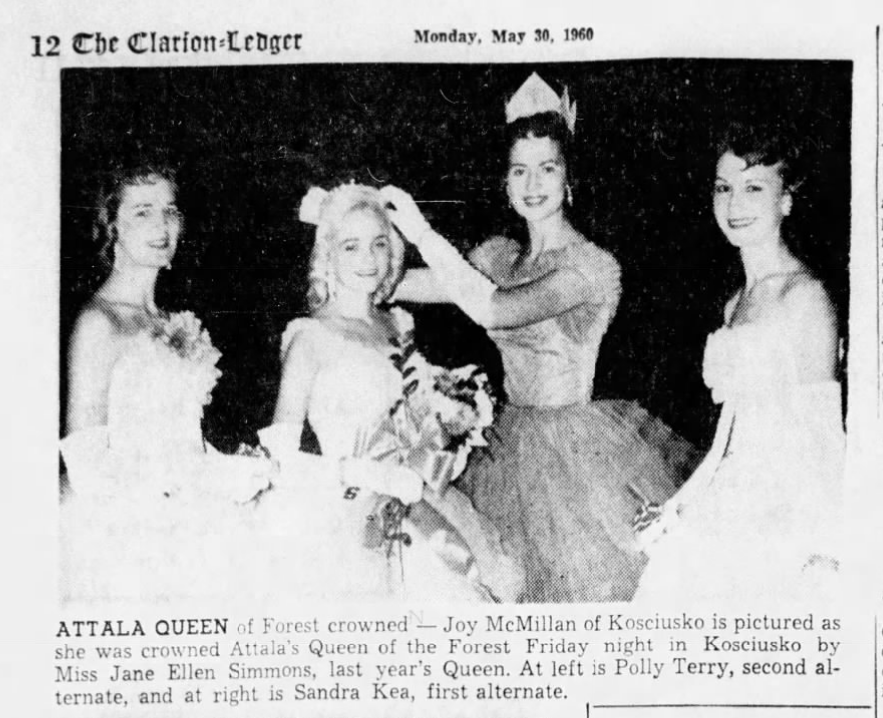
Posted By: Paul - Sat Dec 31, 2022 -
Comments (2)
Category: Agriculture, Awards, Prizes, Competitions and Contests, Beauty, Ugliness and Other Aesthetic Issues, Regionalism, 1950s, 1960s
Miss Cranberry 1972
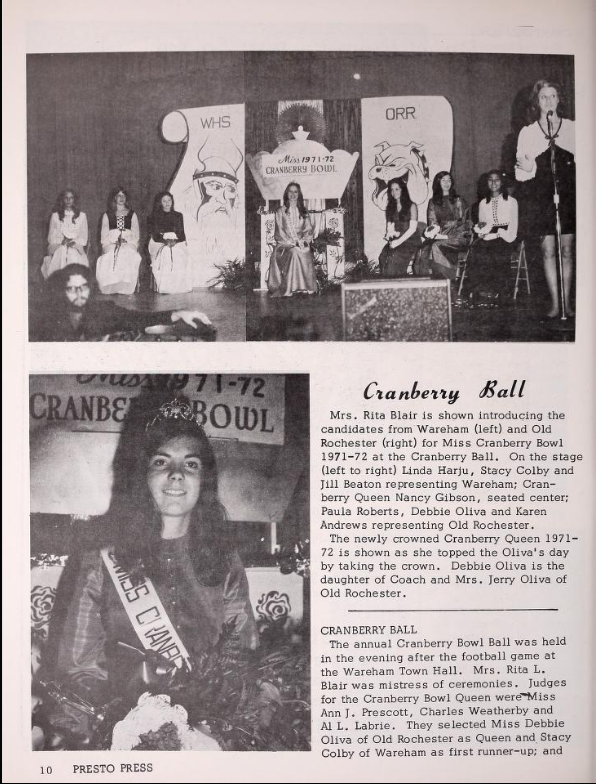
Source
Posted By: Paul - Fri Sep 02, 2022 -
Comments (0)
Category: Awards, Prizes, Competitions and Contests, Beauty, Ugliness and Other Aesthetic Issues, Food, Regionalism, 1970s
The Umbrella Man of Seattle
A great eccentric figure from the past.Good long article here with many illos.
The shorter Wikipedia page.
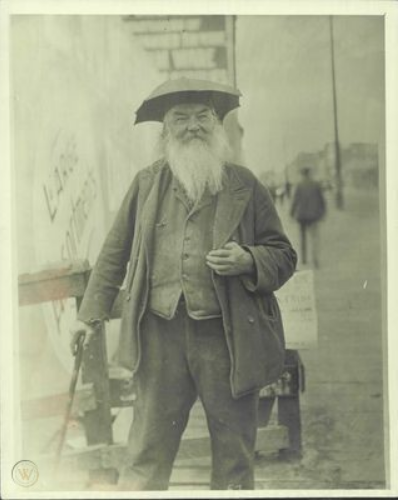
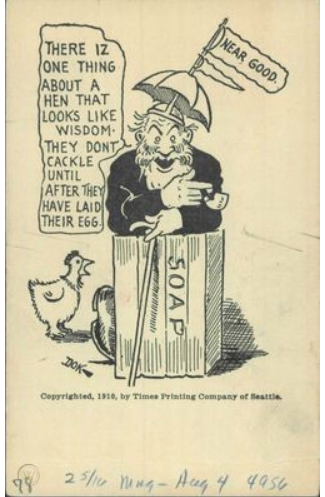
Posted By: Paul - Sun Jul 17, 2022 -
Comments (0)
Category: Eccentrics, Regionalism, Weather, Nineteenth Century, Twentieth Century
Ninety-five Years of the Shenandoah Queens
I like the fact that they choose Queens from outside their region. Long may she reign!First photo source: The Daily News Leader (Staunton, Virginia)10 Mar 1959, Tue Page 12
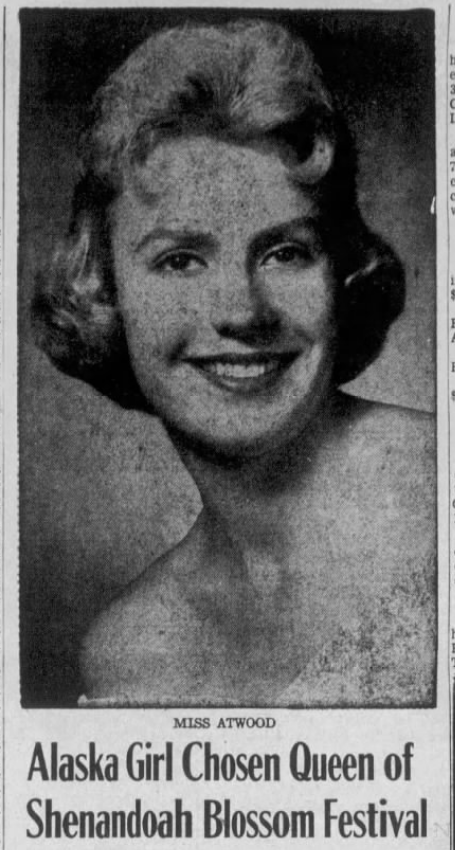

The home page.
Apparently, the Court also includes Apple Blossom Princesses.
Source: The Daily News Leader (Staunton, Virginia) 22 Mar 1957, Fri Page 3
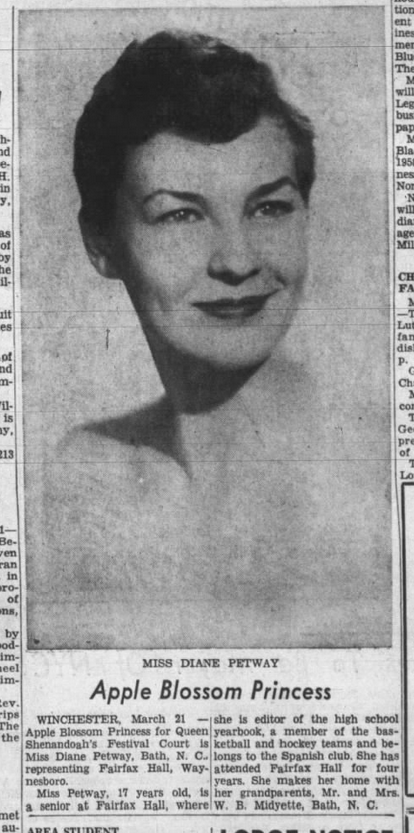
Source of article: The Times Dispatch (Richmond, Virginia) 04 May 1957, Sat Page 3
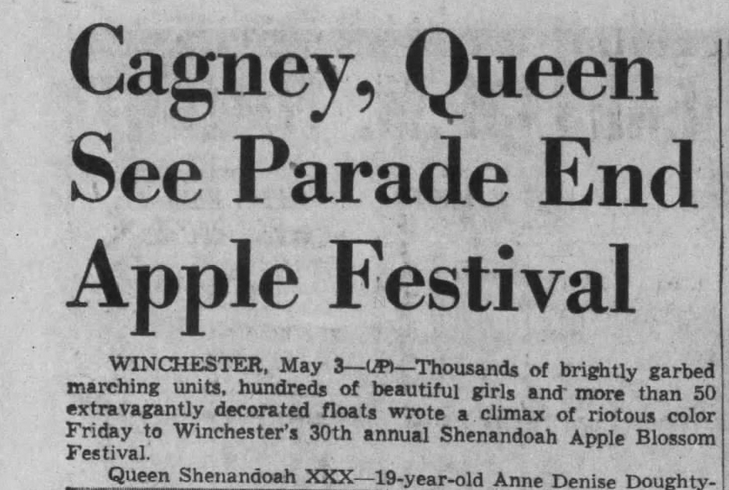
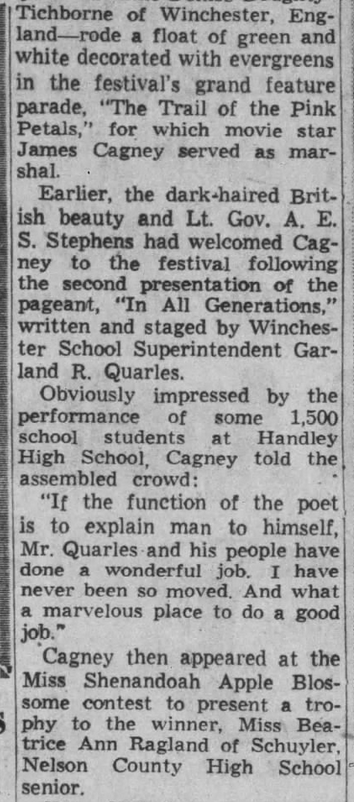
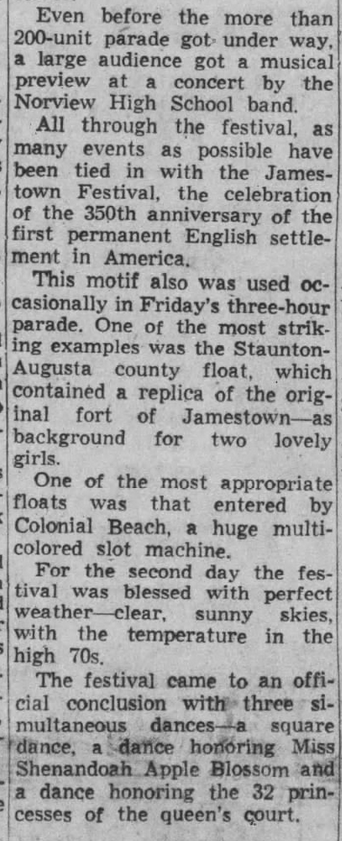
Posted By: Paul - Fri Jun 24, 2022 -
Comments (4)
Category: Agriculture, Awards, Prizes, Competitions and Contests, Beauty, Ugliness and Other Aesthetic Issues, Parades and Festivals, Regionalism, Twentieth Century, Twenty-first Century
Stock Show Beauty Queens of 1956 and 1957
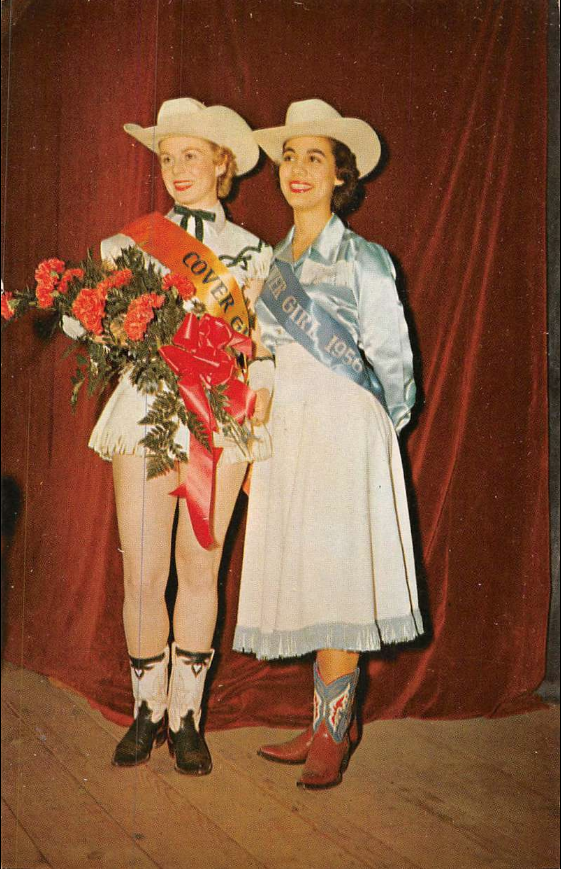
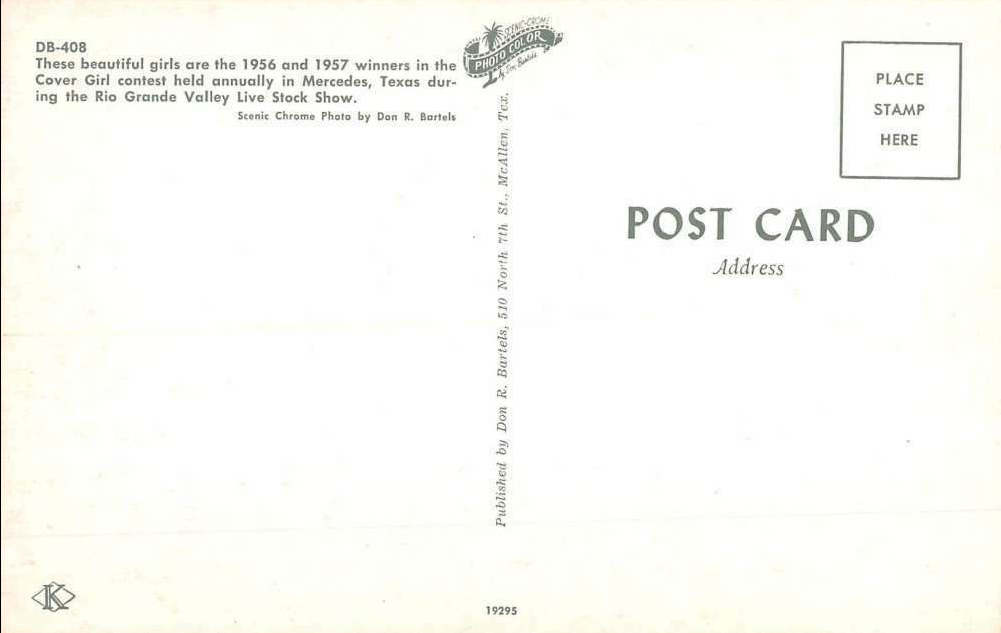
Posted By: Paul - Mon May 23, 2022 -
Comments (0)
Category: Animals, Beauty, Ugliness and Other Aesthetic Issues, Contests, Races and Other Competitions, Regionalism, 1950s
The Seneca Lake Monster
One of the lesser-known giant enigmas to haunt the lakes of the Northeast USA.Source of article below.
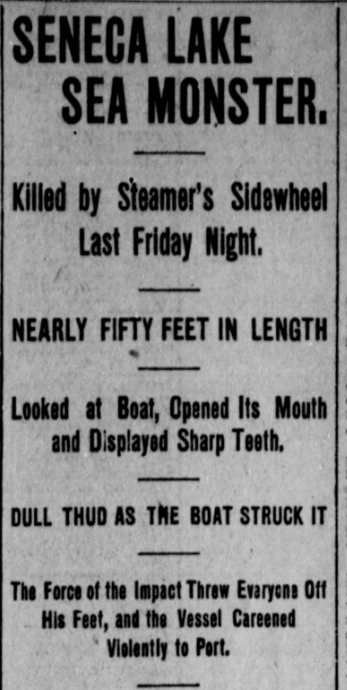
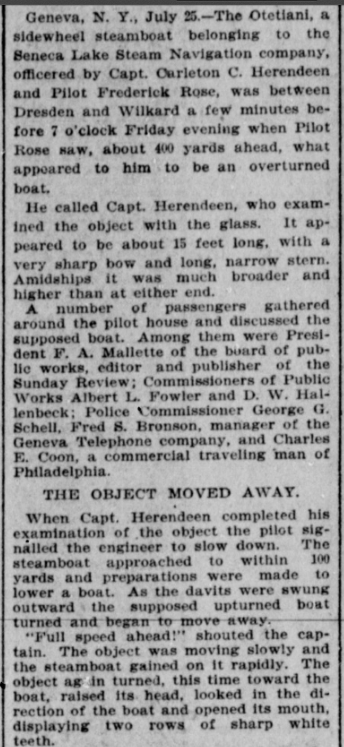
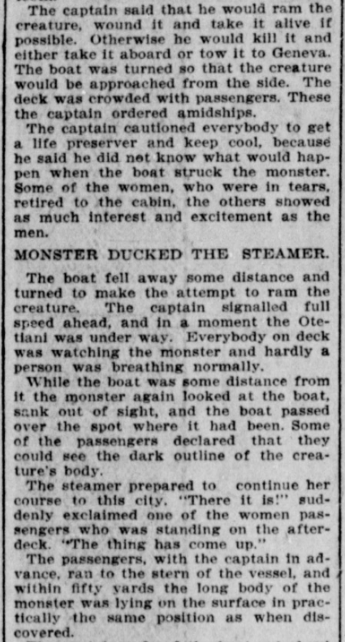
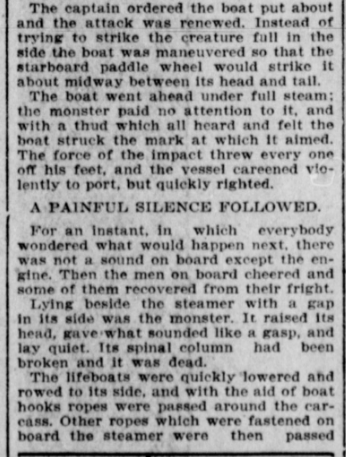
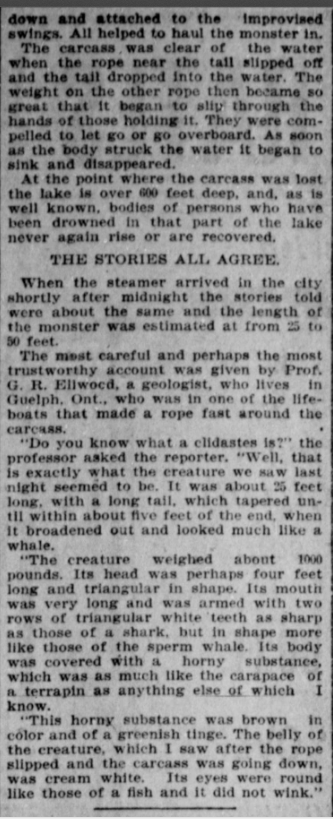
Posted By: Paul - Sun May 15, 2022 -
Comments (2)
Category: Cryptozoology, Regionalism, Fables, Myths, Urban Legends, Rumors, Water-Cooler Lore, North America
Coral Castle, Florida
Their homepage.Their Wikipedia entry.
Posted By: Paul - Sat Apr 30, 2022 -
Comments (3)
Category: Architecture, Eccentrics, Regionalism, Statues, Monuments and Memorials, North America, Twentieth Century

| Who We Are |
|---|
| Alex Boese Alex is the creator and curator of the Museum of Hoaxes. He's also the author of various weird, non-fiction, science-themed books such as Elephants on Acid and Psychedelic Apes. Paul Di Filippo Paul has been paid to put weird ideas into fictional form for over thirty years, in his career as a noted science fiction writer. He has recently begun blogging on many curious topics with three fellow writers at The Inferior 4+1. Contact Us |




